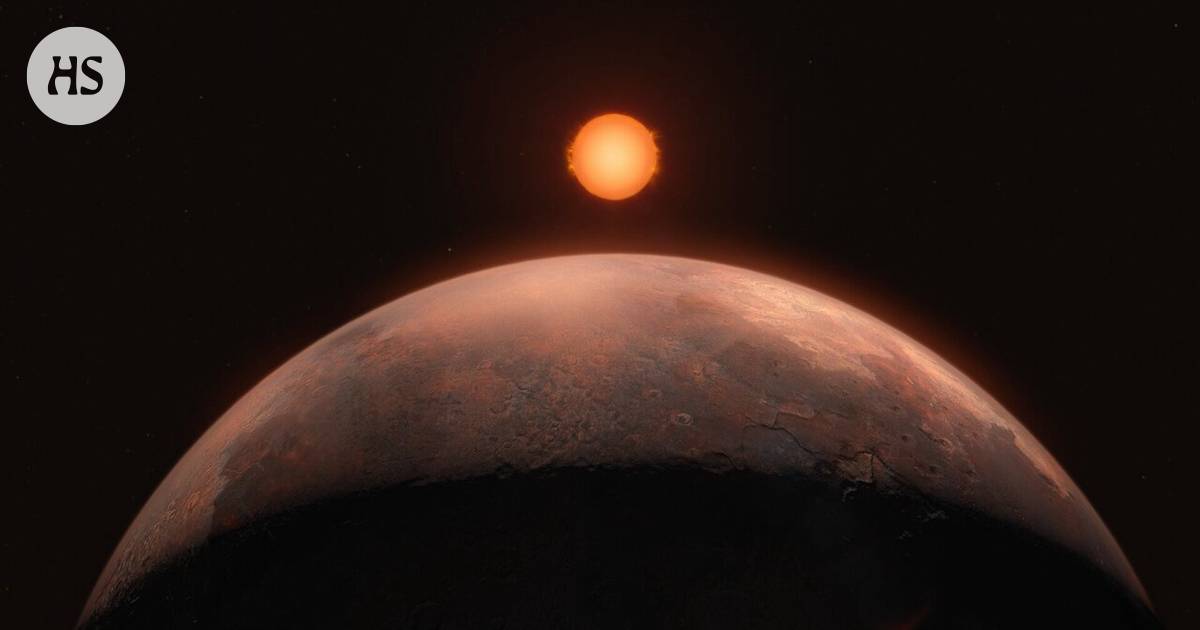Astronomy|The habitable zone is closer around red dwarfs than around hotter stars. However, the now discovered exoplanet is too hot for liquid water.
The summary is made by artificial intelligence and checked by a human.
Eso’s Very Large Telescope discovered an exoplanet near Barnard’s Star.
The planet orbits its star in three days and is too hot to be habitable.
The mass of the planet is about half the mass of Venus, and the temperature on its surface rises to 125 degrees Celsius.
Three other planets may orbit Barnard’s star, but their existence needs to be confirmed.
European the Southern Observatory’s (Eso) Very Large Telescope has discovered an exoplanet right in our galactic neighborhood.
The planet orbits Barnard’s star, which is only six light-years away.
It is the closest single star to the Sun. Only the Alpha Centauri group of three stars is a couple of light years closer.
Only the found planet is at least half the mass of Venus, Eson in the bulletin let’s tell.
The planet’s year is short, as it orbits its star in three days.
The observations suggest that the planet is not the only star. Three other planets may orbit the star in their own orbits.
Barnard b:ksi the distance of the named planet from the star is one-twentieth of the distance of Mercury from the Sun.
The planet is too close to its star to be habitable.
“Even though the star is 2,500 degrees cooler than our Sun, the planet is too hot for water to remain liquid,” says the lead author of the research article presenting the discovery. Jonay González Hernándezwho is a researcher at the Canary Islands Astrophysics Research Center (IAC).
On the surface of the exoplanet, the temperature rises to 125 degrees Celsius.
Planet was revealed to the researchers by the wobble of the star, which shows the gravitational effect of the planets orbiting it.
The existence of the other three planets still needs to be confirmed. So you have to continue observing the star.
“The discovery of this planet and other previous ones like Proxima b and d shows that our cosmic backyard is full of low-mass planets,” says IAC’s Alejandro Suárez Mascareñowho belongs to the group that made the discovery.
Barnardin the star is a so-called red dwarf. In such stars cooler than the Sun, the habitable zone for planets is much closer than around hotter stars.
The study was published by Astronomy & Astrophysics – science journal.
